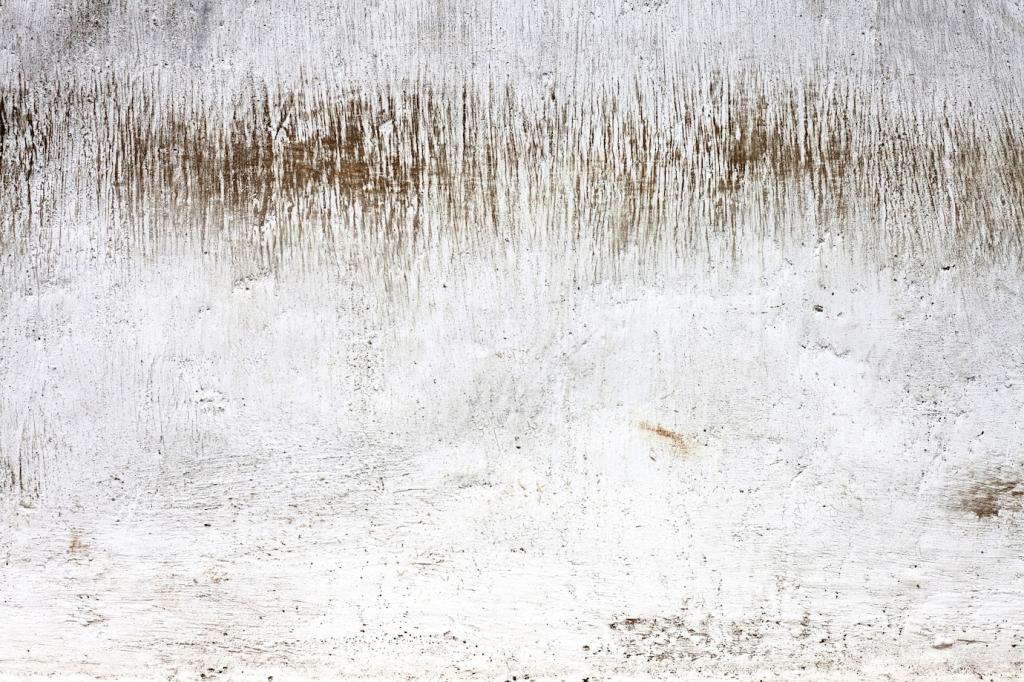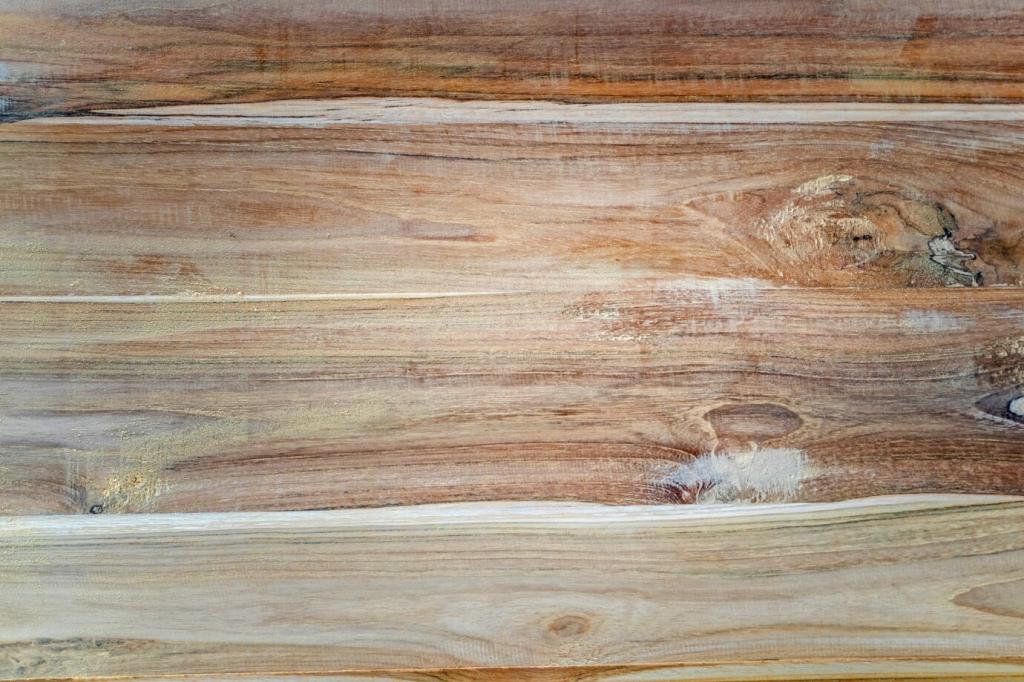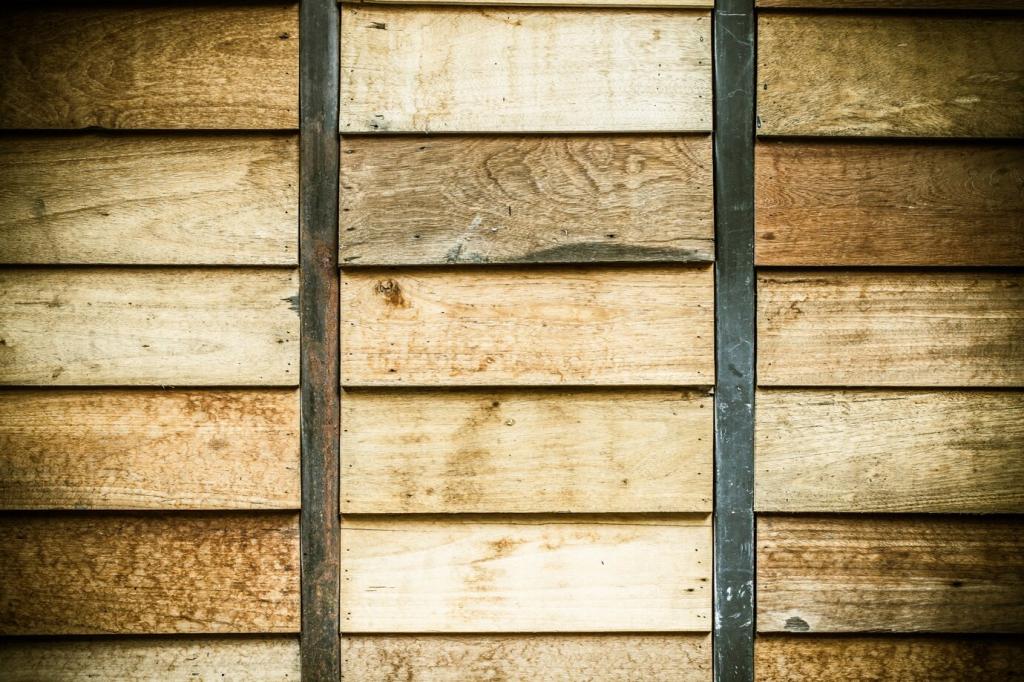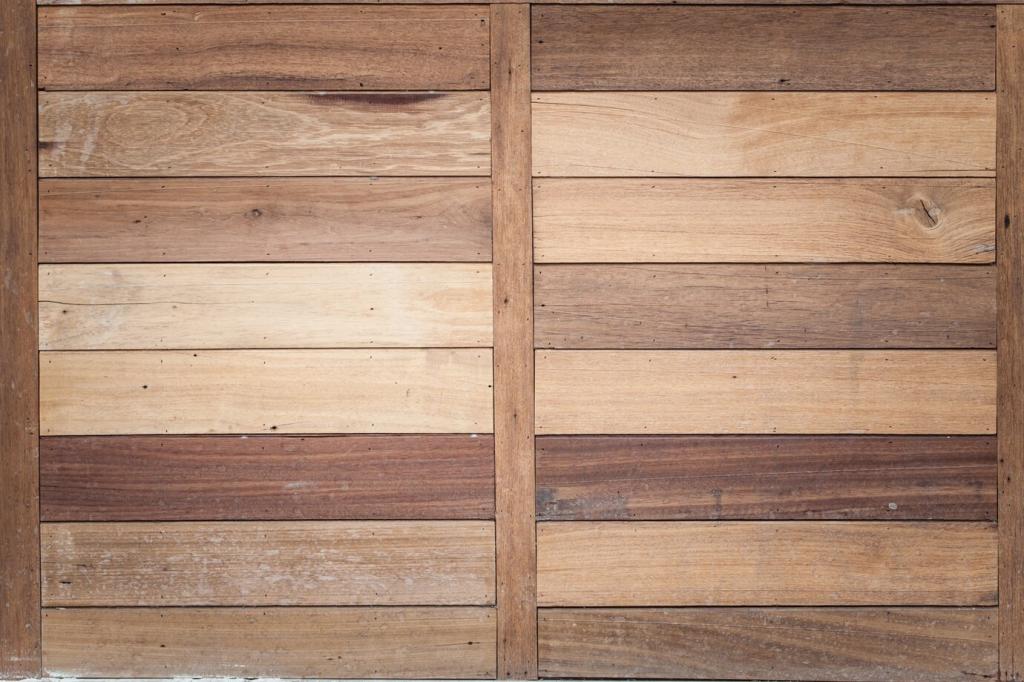Read the Site: Microclimate, Context, and Character
Track where morning sun warms seating, where afternoon glare bounces off walls, and which breezes cool summer evenings. A quick seasonal sun-and-wind diary prevents guesswork, guides planting, and reduces energy needs for outdoor comfort. Share your microclimate maps with our community.
Read the Site: Microclimate, Context, and Character
Dig a small test pit, squeeze soil, and time how quickly water disappears after rain. Understanding infiltration protects roots and foundations. When you share your tests, we can help interpret results and suggest compost, mulch, or grading strategies for healthier, greener exterior spaces.





